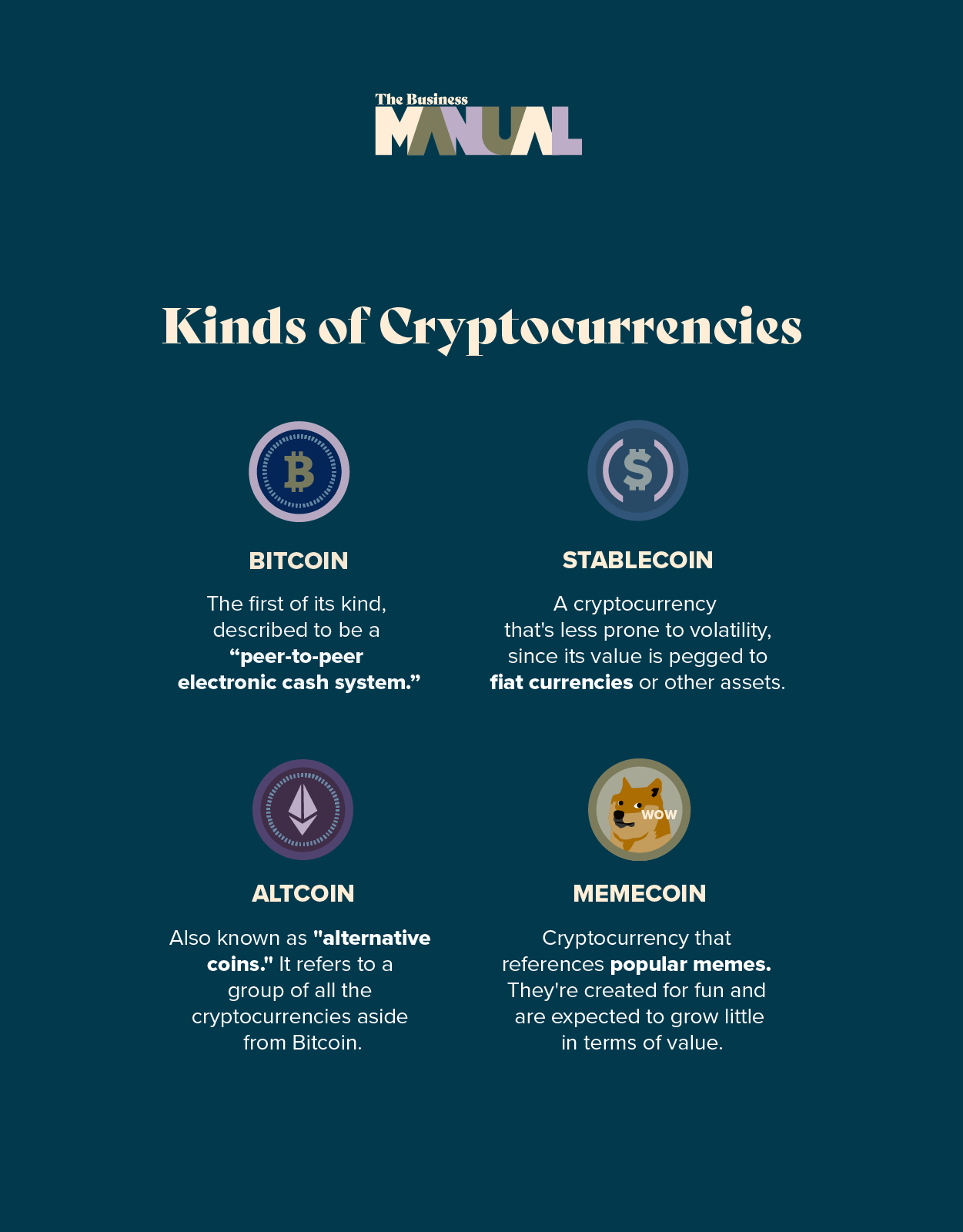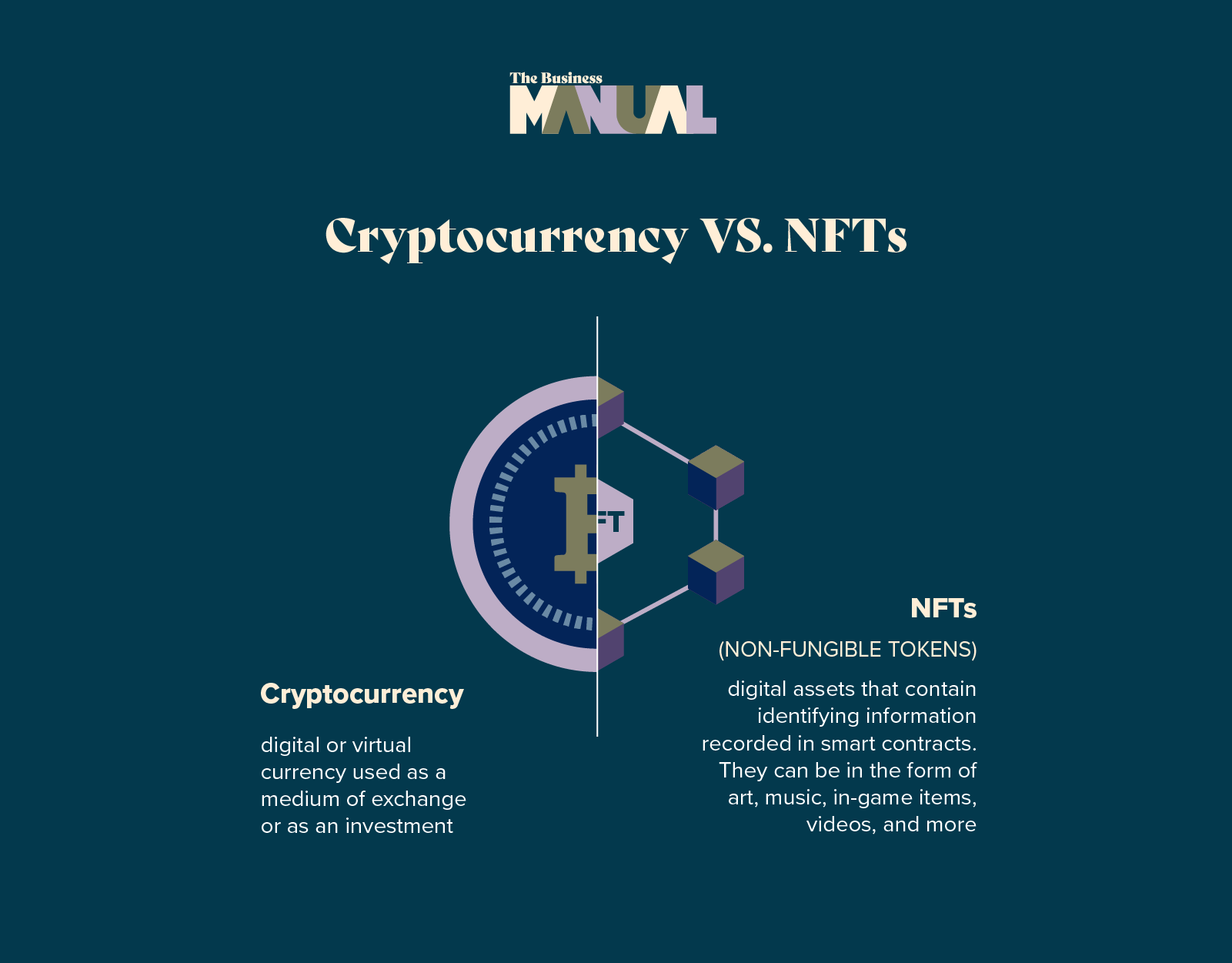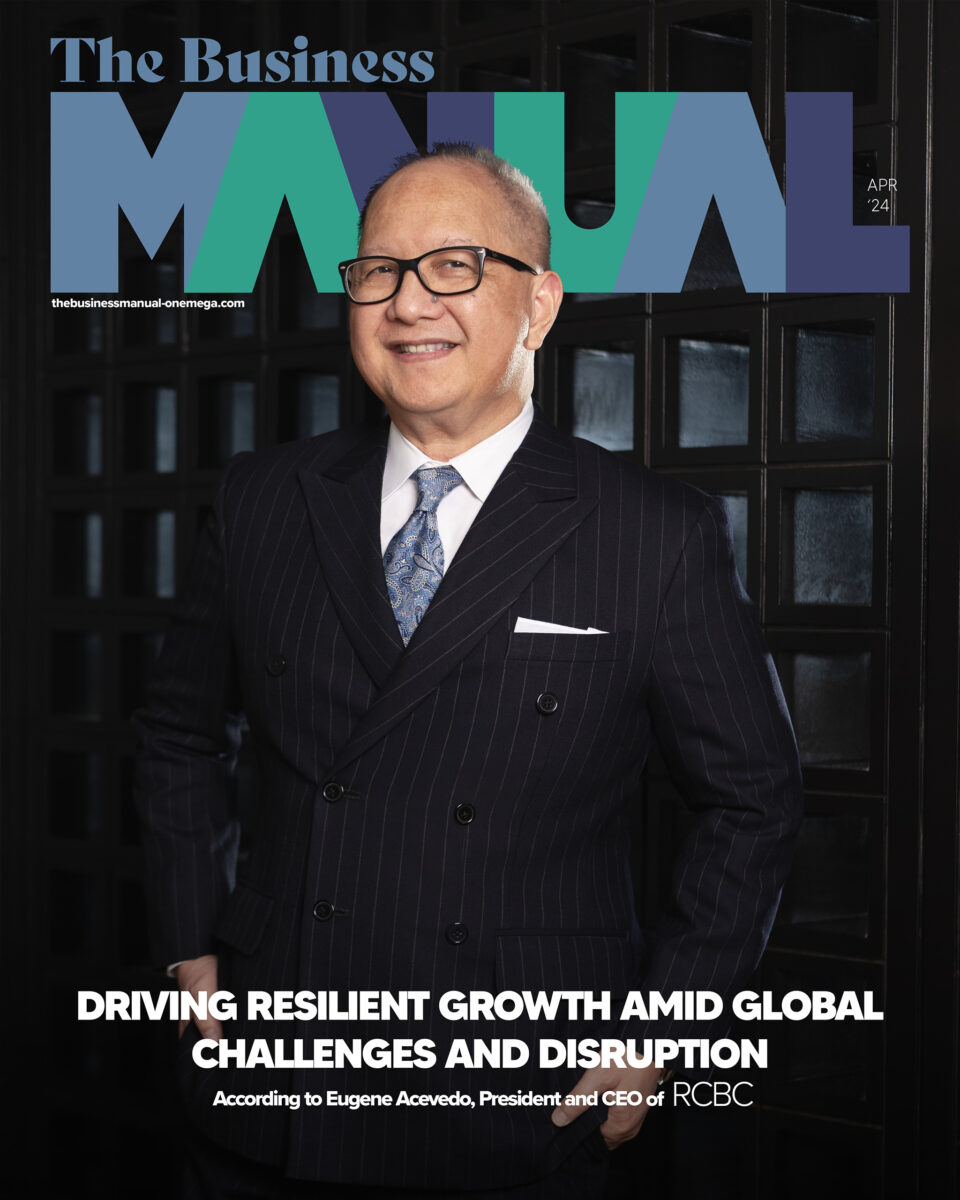An Investor’s Quick Guide to the Different Types of Digital Assets

Aside from stocks and bonds, there is potential for investing in digital assets. We look into cryptocurrencies, Bitcoin, and NFTs, and what sets them apart.
In 2023, numbers show that there are about 158 million adults in the United States who have invested in the stock market while there are around 1.68 million in the Philippines that have the same. This is just a fraction of how many people know about it and the importance of investing money in other valuable assets aside from stocks, bonds, and real estate.
Throughout the years, technology has continuously evolved, bringing with it several innovations that appealed to investors. Among those are cryptocurrencies that led to the rise of blockchain technology which is now used in several different industries. Having first started in 2008, blockchain is now an intriguing concept to some people—especially with the valuable digital assets it holds.
Despite having an estimated number of 420 million crypto holders and around 360,000 NFT owners around the world, there are still many people who remain clueless about these. But potential investors need to learn more about digital assets and how they differ from one another. By doing so, it will be easier to spot a worthy investment as they can grasp a full understanding of what it is.
With that, here are some of the popular types of digital assets:
Cryptocurrencies
Investopedia defines cryptocurrency as a digital or virtual currency secured by cryptography, which makes it nearly impossible to counterfeit or double-spend. Most cryptocurrencies exist on decentralized networks using blockchain technology—a distributed ledger enforced by a disparate network of computers.
Cryptocurrencies are assets that can either be used as a medium of exchange or as an investment. They are also made unique by several characteristics that set them apart from traditional money. Some of their notable characteristics include:
- Decentralized: Unlike fiat, cryptocurrencies are not governed by any central authority such as banks and financial institutions. By working on top of blockchain technology, these assets operate and are being distributed on an open network. With this, all transactions are verified by transaction nodes instead of going through several processes which makes transactions take longer.
- Immutable: Crypto transactions are immutable and irreversible, which means that once transactions are completed, they are already etched on the blockchain and can no longer be tampered with. Therefore, users are assured that their assets are safe since they can’t be double-spent and hacked.
- Anonymous: Given crypto’s decentralized nature, users can complete transactions without having to disclose their identity. Rather, they will only have to specify their wallet addresses for every transaction.
- Fast: One of the reasons that make crypto great for transactions is that they are transferred quickly since they are digital assets. Unlike traditional remittances which may take hours or days, crypto transactions can be completed in a few seconds or minutes. They also come with cheaper transaction fees.
The aforementioned are some of the notable characteristics that make crypto appealing to users and investors. However, cryptocurrency is a generic term that covers several other terms which some people might get confused with.

Bitcoin
Bitcoin is the first cryptocurrency and it also happens to be the most popular amongst all. It was started in 2009 by the pseudonymous Satoshi Nakamoto who released its whitepaper in 2008. In said document, which was seen on Bitcoin.org, the asset was described as a “peer-to-peer electronic cash system.”
Since the asset uses a Proof-of-Work (PoW) consensus algorithm, Bitcoin would first have to be mined before a coin can be put into circulation. The mining process involves high technical requirements as the process involves complex mathematical solving skills. Every mined block gives the miner a certain reward that comes in the form of BTC.
The asset grew massively popular compared to when it was first released—that’s why some people automatically relate Bitcoin to the word cryptocurrency. In fact, the success of Bitcoin drove its value up to thousands of dollars—the highest one being $67,617.02 (around PHP3,839,598.67) on November 9, 2021. According to Techopedia, there are now around 219 million Bitcoin owners around the world, which is more than half of the 420 million global crypto holders.
Altcoins
As much as Bitcoin remains to be the most popular and most valuable crypto asset, it becomes intimidating for some people to invest in BTC. With that, several other crypto assets came into the picture in cryptocurrency—thus paving the way for alternative coins or altcoins. The term refers to a group of all the cryptocurrencies aside from Bitcoin.
Altcoins were somehow patterned after Bitcoin, except developers applied different approaches to every coin to set it apart from BTC. Among the notable differences is how altcoins tend to have different consensus mechanisms compared to Bitcoin’s PoW.
The most popular altcoin is Ether which runs under its own blockchain, Ethereum. Aside from that, several other coins were just forked from either Bitcoin or Ethereum’s blockchain. Forking pertains to the process of how the blockchain’s code is copied and modified to create a new coin that’s different from Bitcoin and Ethereum.
Altcoins may also serve different purposes, depending on what they have been programmed for. Among the categories, they include payment tokens, security tokens, utility tokens, and governance tokens. Aside from Ethereum, other examples of altcoins include:
- Litecoin (LTC)
- Ripple (XRP)
- Cardano (ADA)
- Bitcoin Cash (BCH)
- Solana (SOL)
Stablecoins
Stablecoins are other cryptocurrencies that are less prone to volatility, unlike the other types of crypto assets. As the name suggests, the value of these coins is more stable compared to others. How? This is because their value is pegged to fiat currencies or other assets.
For example, many stablecoins are pegged to the US Dollar on a 1:1 ratio. Although their values may also fluctuate, the changes are not that noticeable since they most likely fall under the same price range.
What’s more, what people like about stablecoins is that these digital assets are less likely to go on a bearish trend. However, it’s also impossible for them to go bullish. Some examples of stablecoins include:
- Tether (USDT)
- USD Coin (USDC)
- Binance USD (BUSD)
- Dai (DAI)
- Pax Dollar (USDP)
Memecoins
Another type of cryptocurrency that people usually encounter is memecoins, which often reference popular memes. These are often supported by traders or people who just want to entertain themselves. These digital assets are not that valuable and can be considered risky assets to invest in. Therefore, investing in these is not the best idea, especially for those who are looking for lucrative returns.
Memcoins are usually just created for fun and are expected to grow little in terms of value. However, such is not the case for Dogecoin (DOGE) which spike in value after it drew a lot of attention and support from multi-billionaire Elon Musk. Aside from DOGE, other examples of memecoins include:
- Baby Doge Coin (BABYDOGE)
- Shiba Inu (SHIB)
- Pepe Coin (PEPE)
- ApeMax
- SafeMoon (SFM)
Non-Fungible Tokens (NFTs)

Around 2021, there has been a high demand for non-fungible tokens—which are also based on blockchain technology. Though these assets are valuable, they are not to be confused with cryptocurrencies, as they pertain to a different set of digital assets.
Decrypto defines NFTs as digital assets that contain identifying information recorded in smart contracts. Each of these NFTs is unique and cannot be replaced with another asset since no two NFTS are alike. This is because every NFT is assigned unique identification codes and metadata that sets them apart from others.
NFTs can be in the form of art, music, in-game items, videos, and more. These digital assets are made with a process called minting, which involves having all the information recorded in the blockchain. Once assets are tokenized, the creators can use smart contracts (usually under the Ethereum blockchain) to assign the asset’s ownership and transferability.
Almost anything can be turned into NFTs, and given their rarity, some of them can be really expensive. Some of the most expensive NFTs that were sold are:
- The Merge ($91.8 million—around PHP 5.21 billion)
- Everyday: The First Five Thousand Days by Beeple ($69.3 million—around PHP 3.93 billion)
- Clock ($52.7 million—around PHP 2.99 billion)
- Human One ($28.9 million—around PHP 1.64 billion)
- CryptoPunk #5822 ($23.7 million—around PHP 1.34 billion)
NFTs can be bought on online marketplaces like OpenSea, Rarible, NFTProX, and SuperRare. Aside from that, it can also be earned as collectibles like AXIE Infinity, The Sandbox, CryptoKitties, and Ethermon.
These are just some of the most popular digital assets people would have to learn more about. Learning what makes each asset different from the others makes it easier to understand which assets are better and more valuable.
Moreover, researching these assets will also make it easier to adapt to Web3 or the growing digital space that continues to bring forth innovations. And understanding what each digital asset is all about avoids any confusion between terms like Bitcoin, cryptocurrencies, and NFTs.




